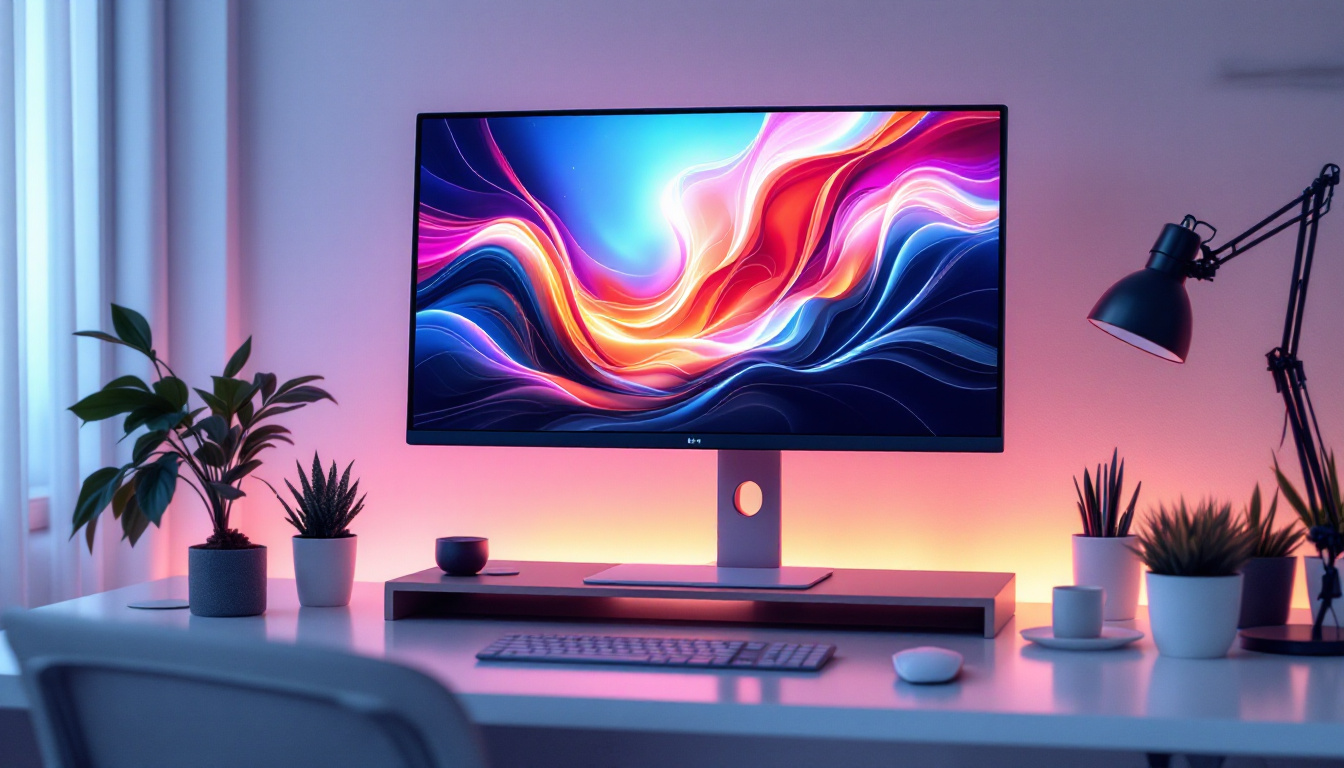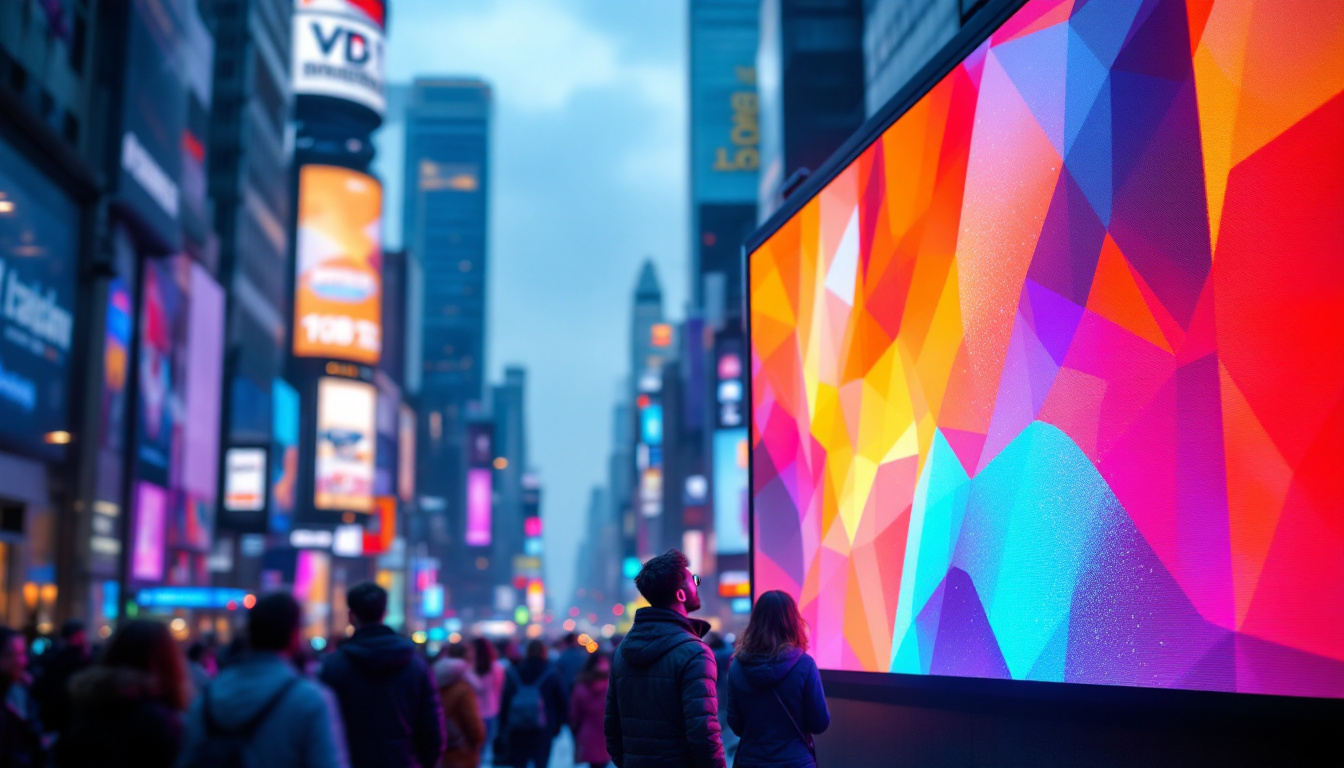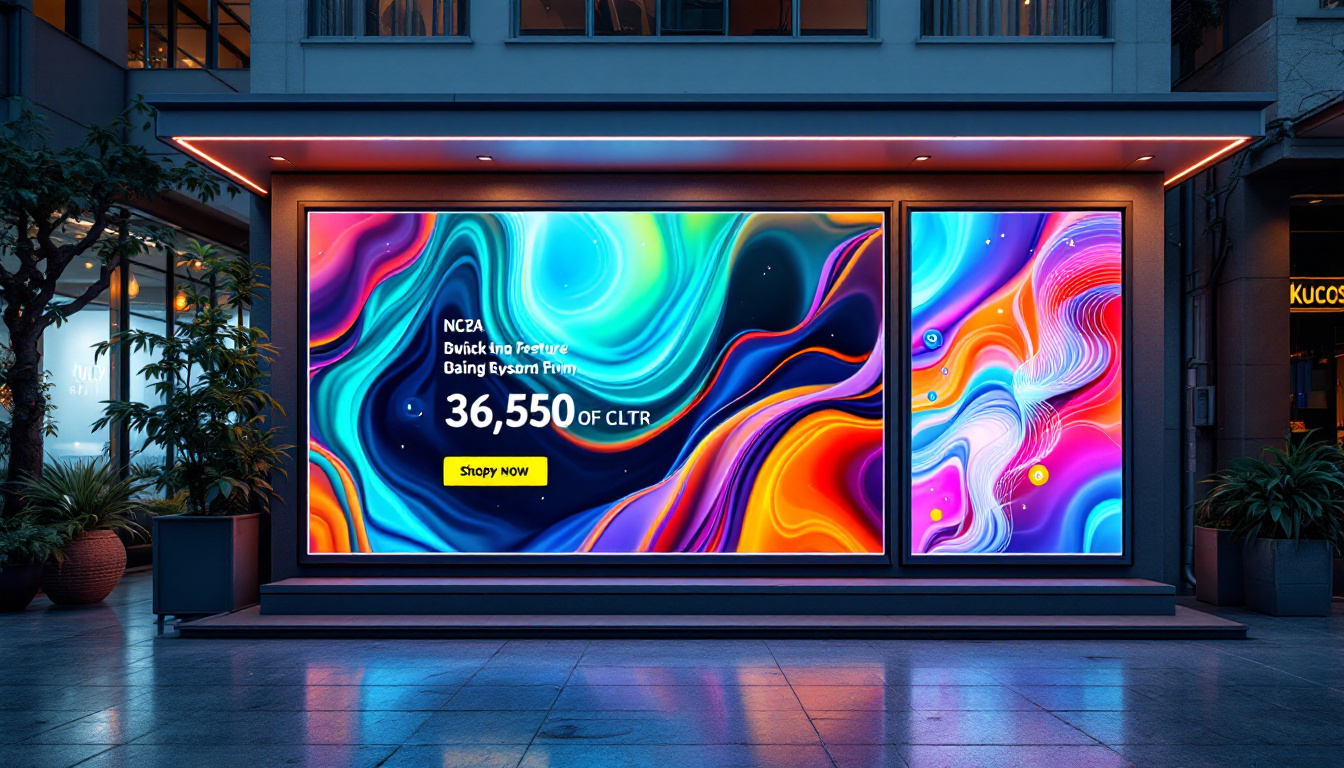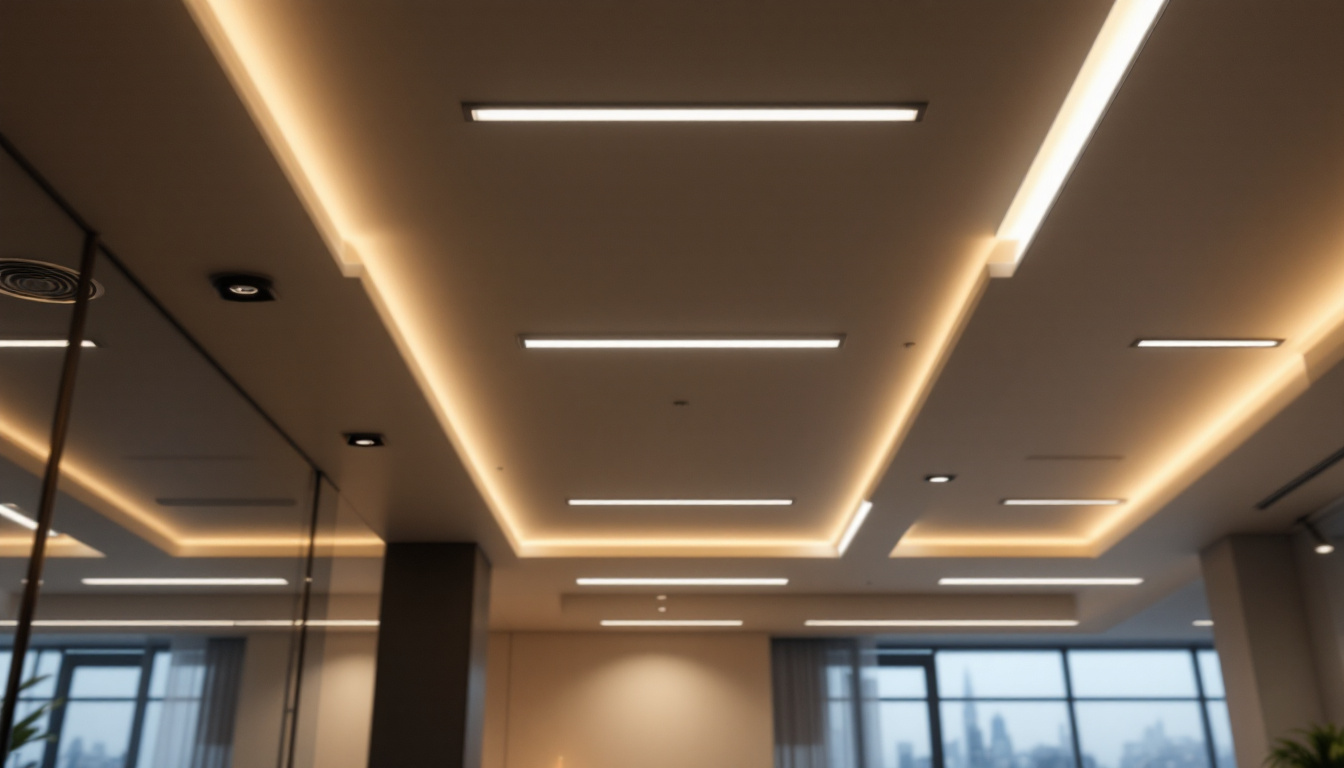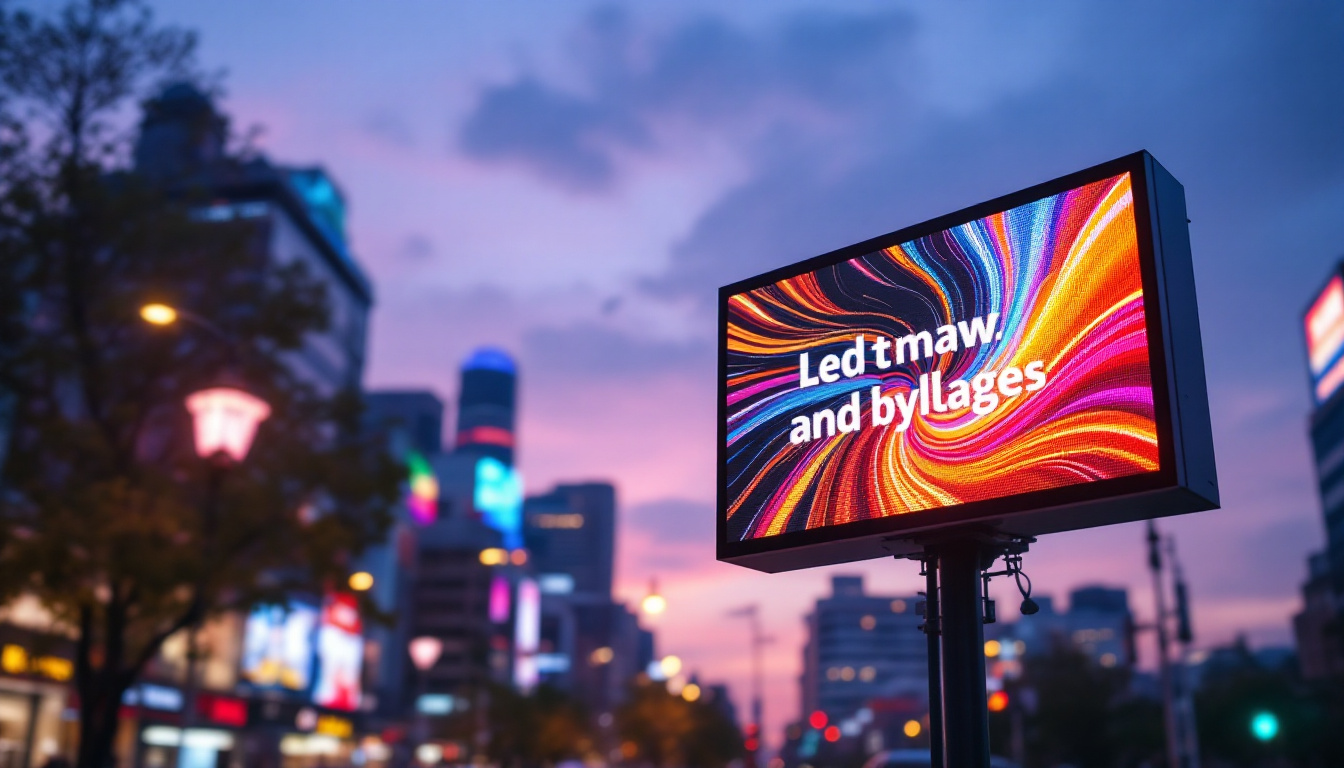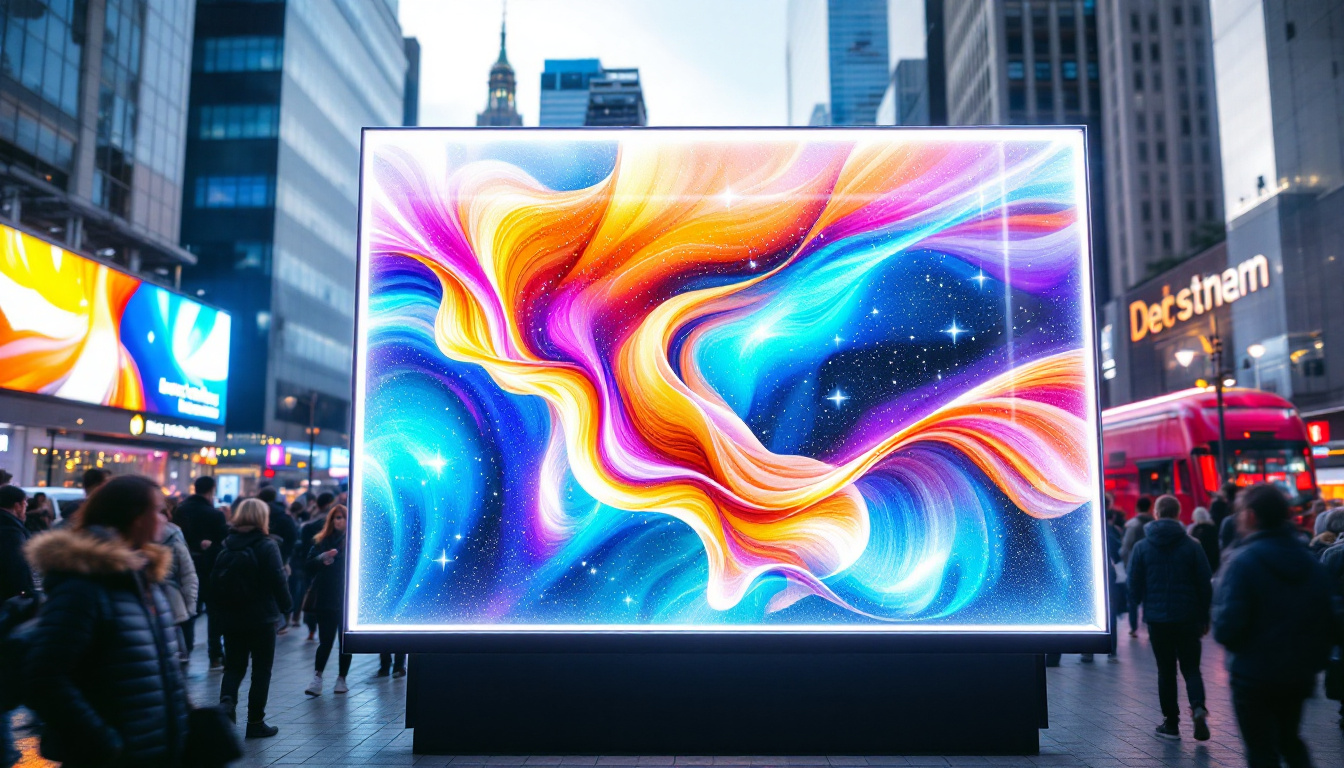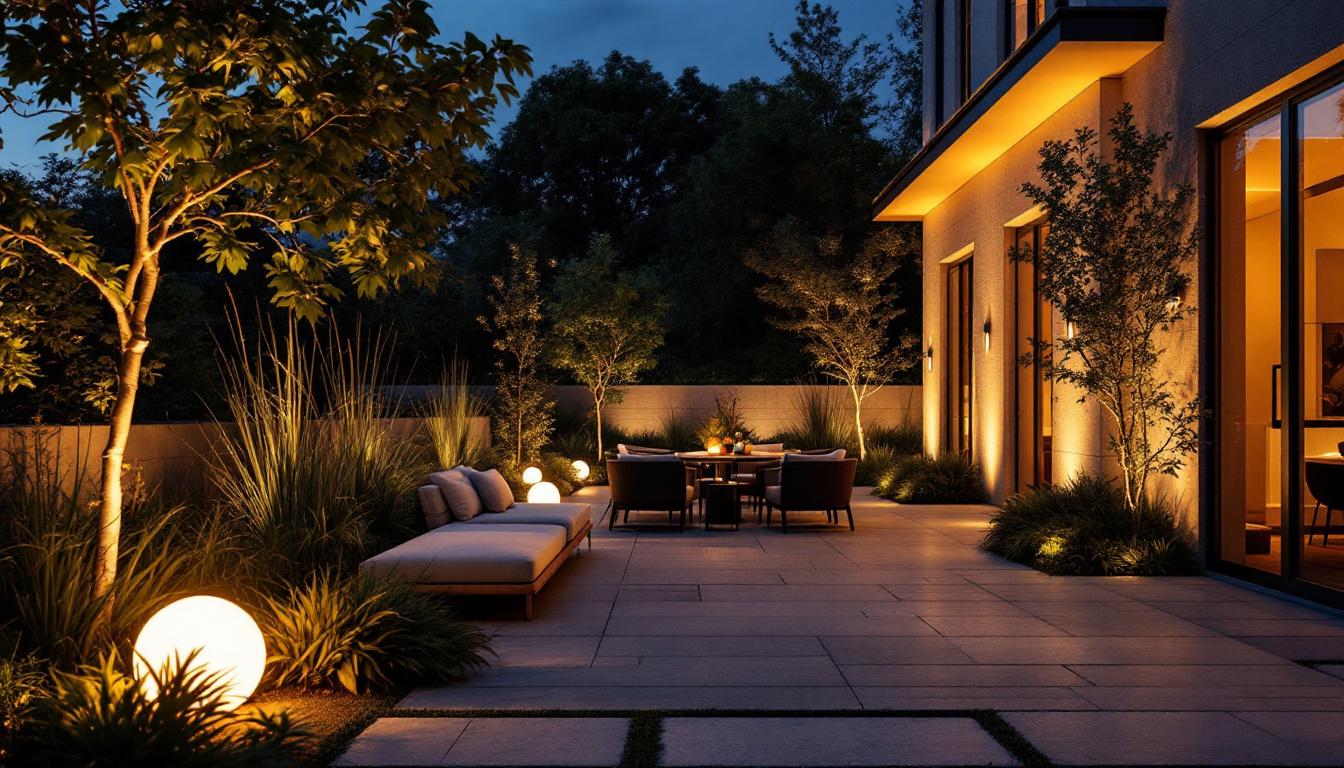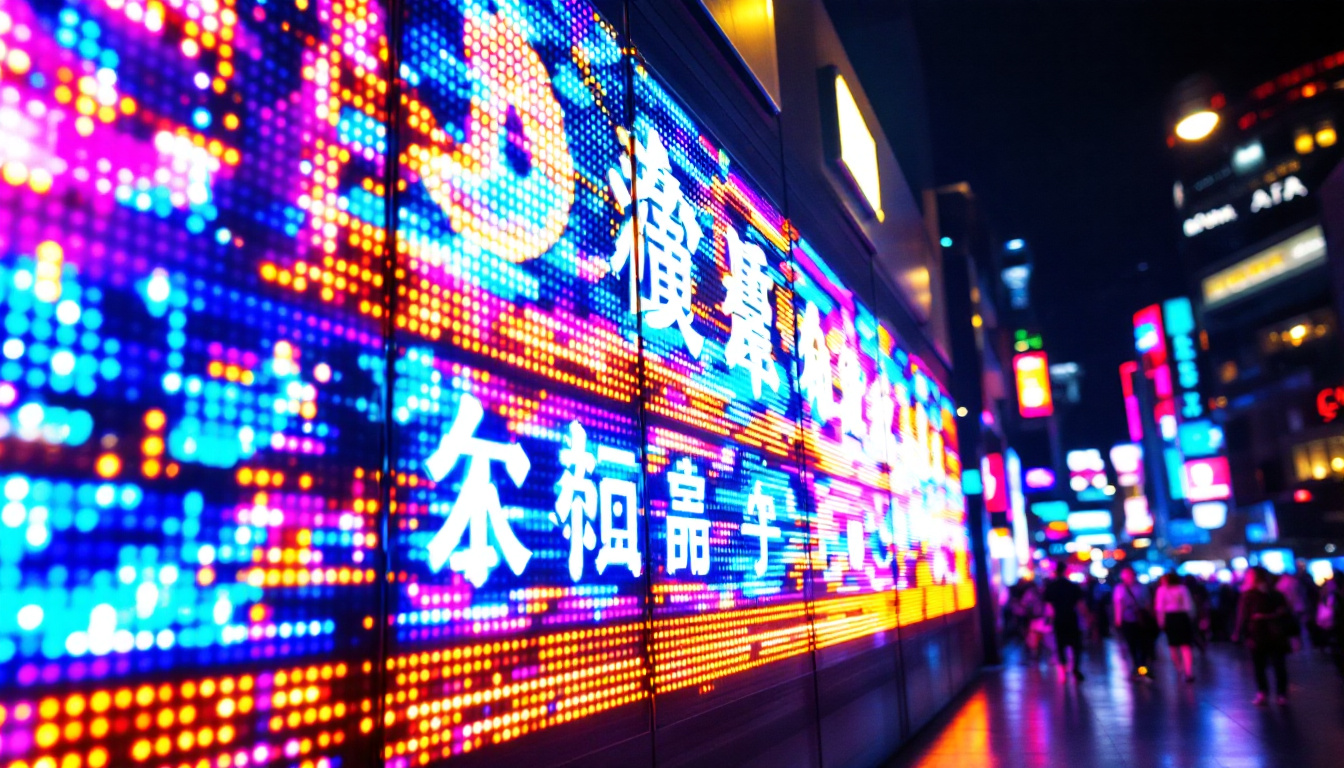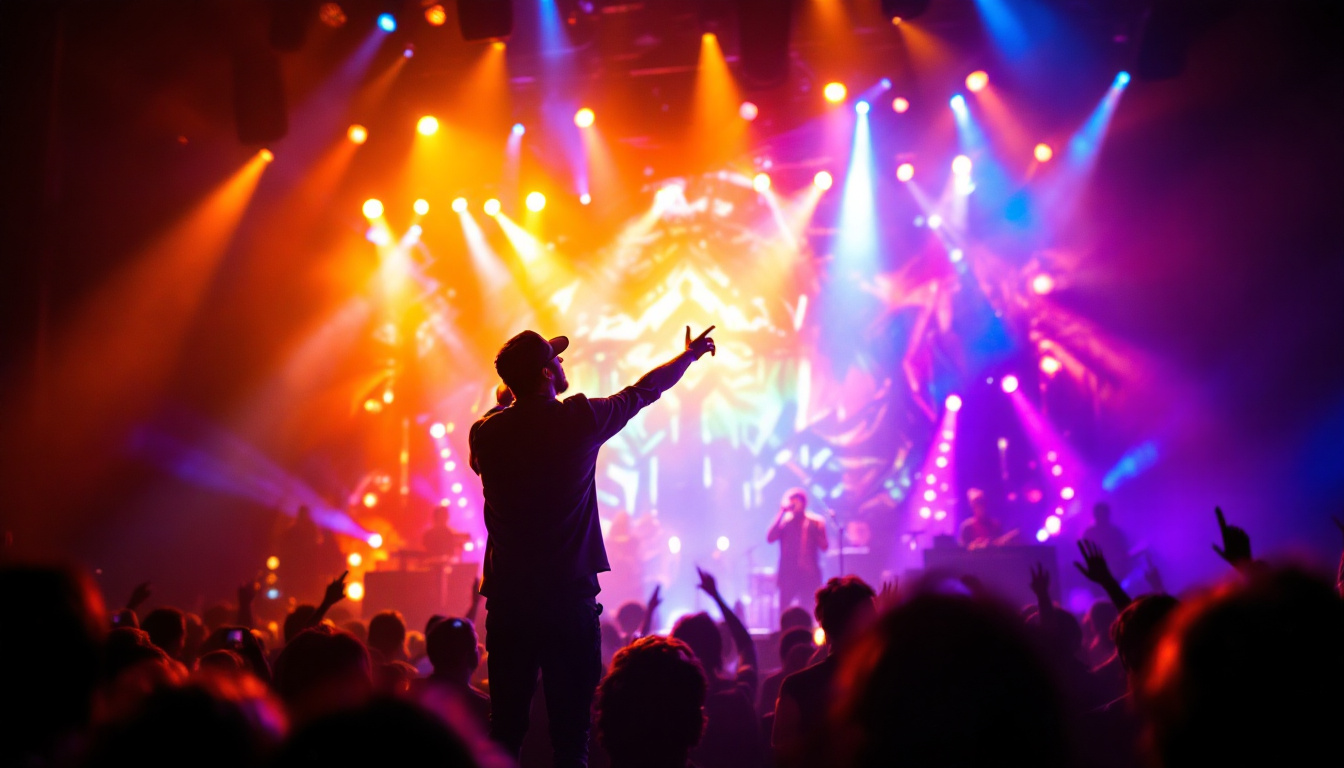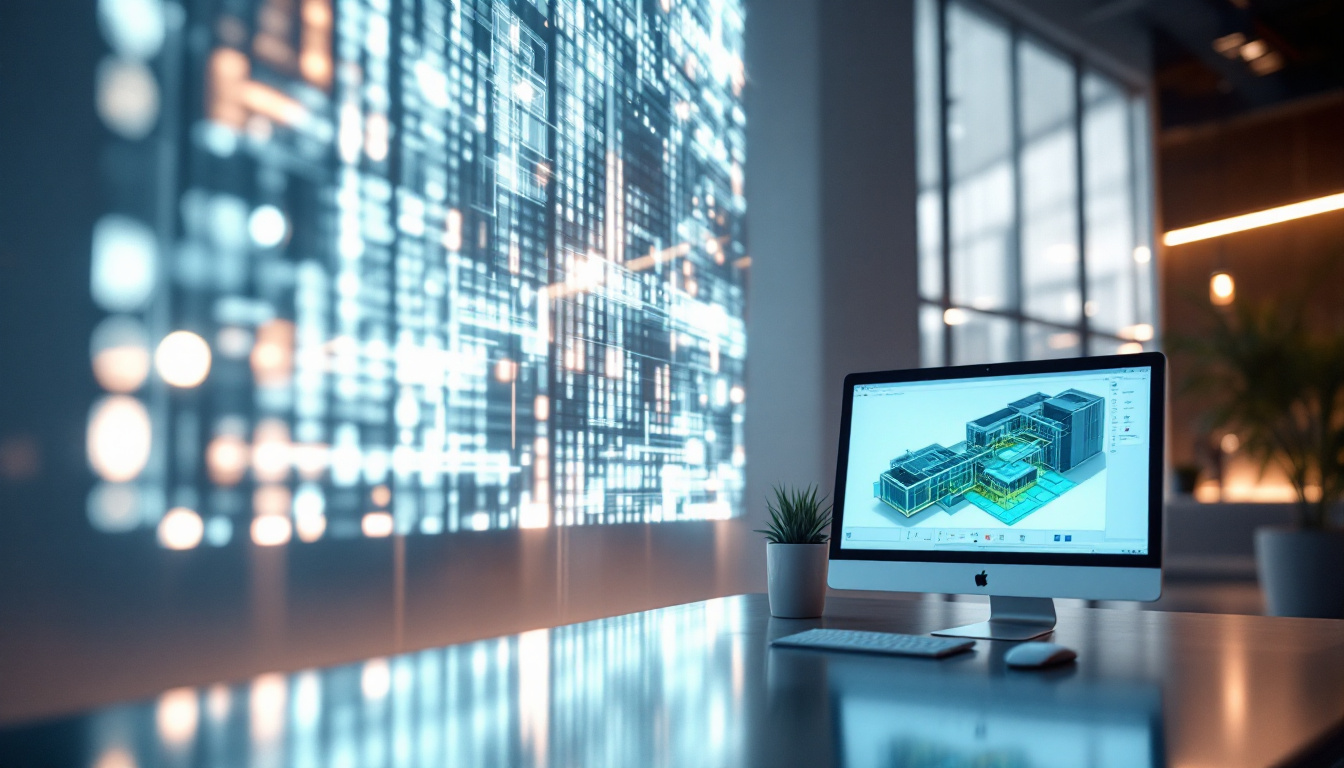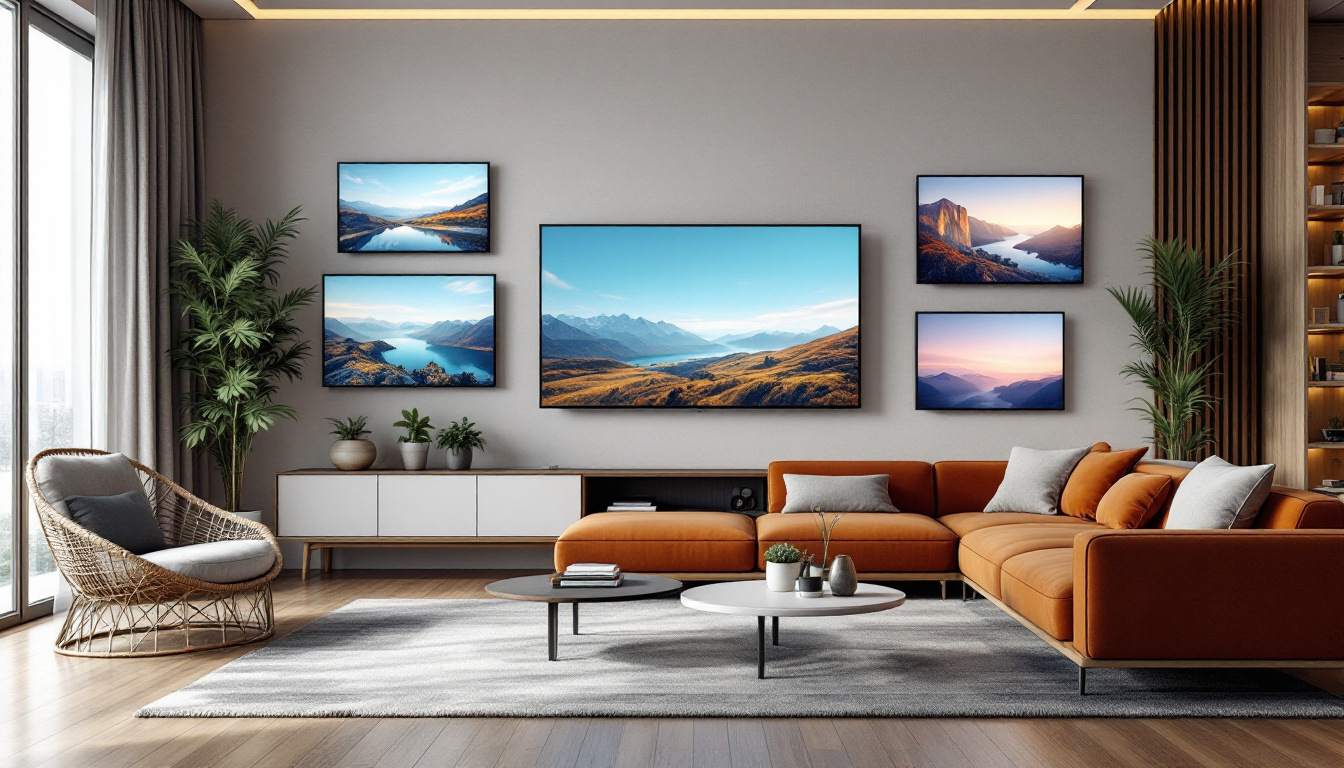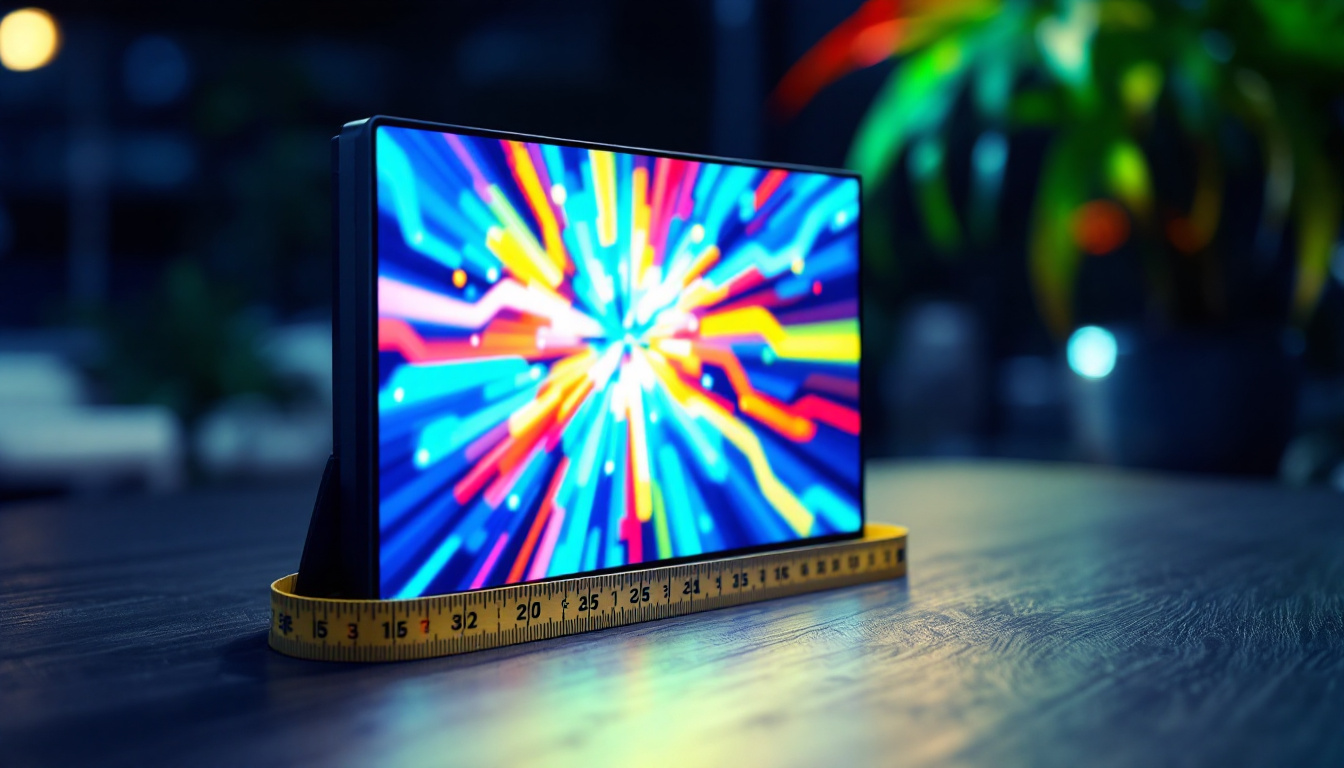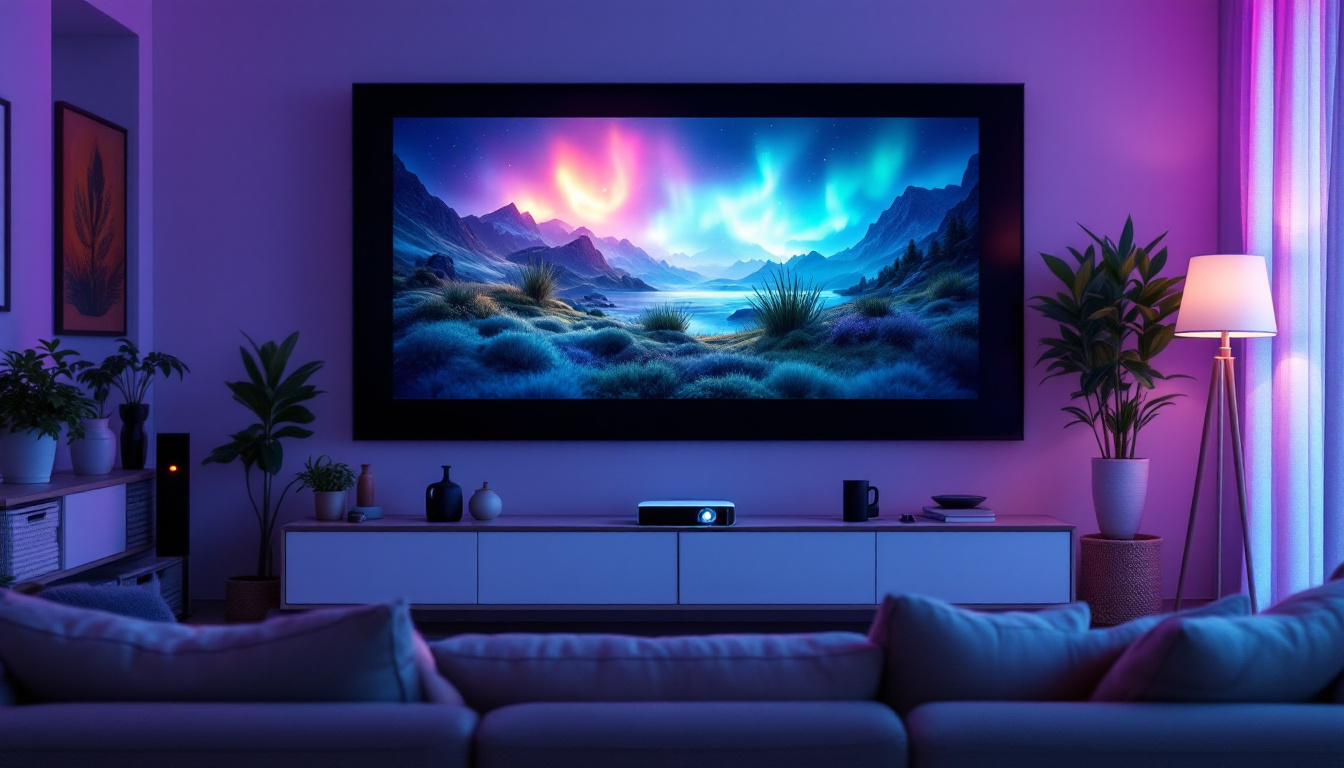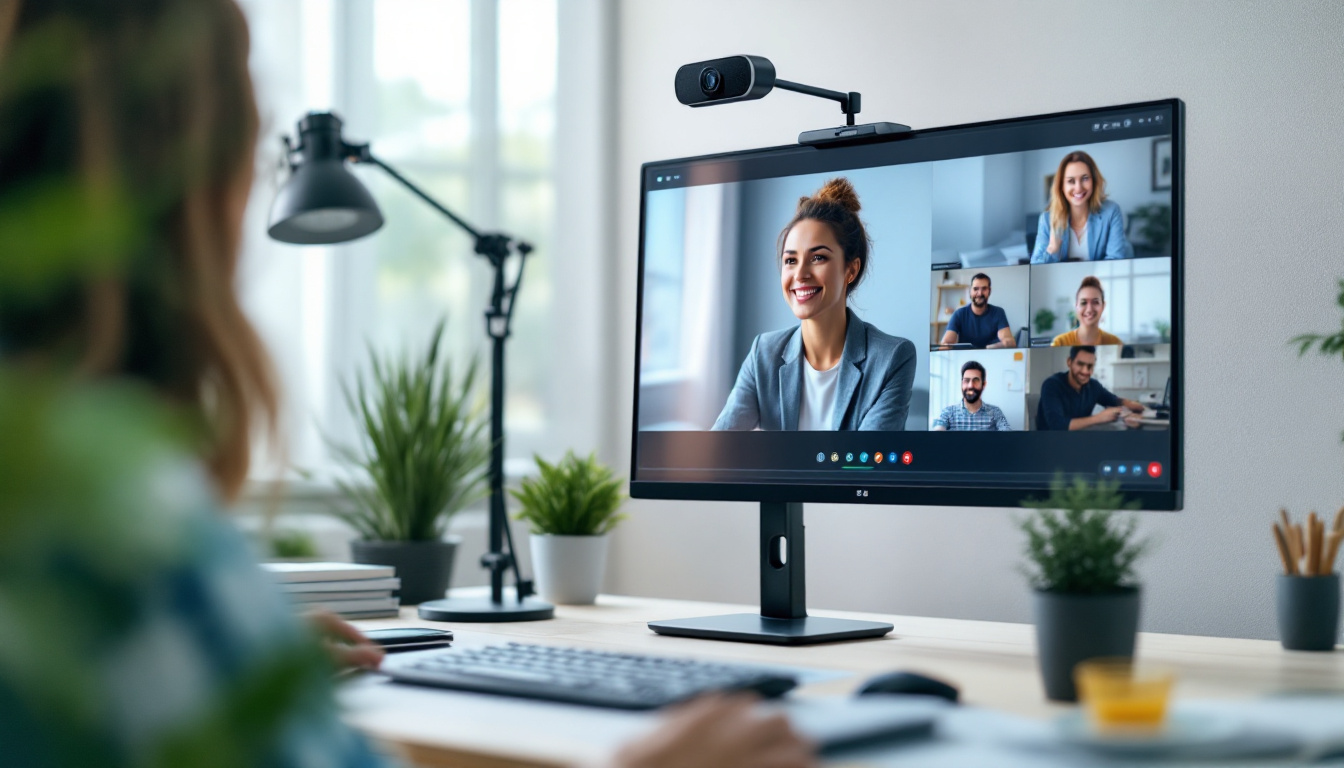In the dynamic world of events, advertising, and public displays, LED rental screens have emerged as a game-changing technology. Whether it’s a concert, a trade show, a sports event, or a corporate presentation, LED rental displays offer unparalleled visual impact combined with flexibility and ease of use. This article delves deep into the world of rental LED screens, explaining what they are, how they work, and why they have become an essential tool for modern event organizers and marketers.
Understanding LED Rental Screens
What Is an LED Rental Screen?
An LED rental screen is a modular, large-format display composed of numerous light-emitting diodes (LEDs) arranged in a grid. Unlike traditional projection screens or LCD displays, LED screens emit their own light, providing vibrant colors, high brightness, and excellent visibility even in direct sunlight. These screens are designed to be rented for temporary use, making them ideal for events that require high-impact visuals without the long-term commitment of ownership.
Rental LED screens come in various sizes and resolutions, allowing event organizers to customize the display to suit the venue and audience size. The modular nature means screens can be assembled quickly on-site and dismantled just as fast, which is a significant advantage for short-term events.
How Do LED Rental Screens Work?
Each LED pixel on the screen consists of three sub-pixels: red, green, and blue. By adjusting the brightness of each sub-pixel, the screen can produce a full spectrum of colors. The screen’s control system processes video input signals and translates them into the appropriate light output for each pixel.
Modern rental LED screens often support high refresh rates and wide viewing angles, ensuring smooth video playback and clear images from various vantage points. Advanced calibration tools also help maintain color accuracy and uniform brightness across the entire display, which is crucial for professional-grade presentations and broadcasts.
Key Features and Benefits of LED Rental Screens
Superior Brightness and Visibility
One of the standout advantages of LED rental screens is their exceptional brightness. Unlike projectors that struggle in well-lit environments, LED screens can deliver vivid images even in broad daylight. This makes them perfect for outdoor events, festivals, and sports arenas where ambient light conditions are challenging.
High brightness levels also enhance the visibility of content from long distances, ensuring that large audiences can easily see the display regardless of their location. This feature is critical for events such as concerts or rallies where the crowd size can be massive.
Flexibility and Scalability
Rental LED screens are highly flexible in terms of size and configuration. The modular panels can be combined to create displays ranging from a few square meters to several hundred square meters. This scalability allows event planners to tailor the screen size to the specific needs of their event, optimizing both cost and visual impact.
Additionally, rental screens can be configured in various shapes, including curved or angled setups, to fit unique stage designs or architectural constraints. This adaptability is a significant benefit over fixed installations, which lack such versatility.
Durability and Weather Resistance
Since many rental LED screens are used in outdoor settings, they are built to withstand harsh weather conditions. These screens typically feature robust enclosures with waterproof and dustproof ratings (often IP65 or higher), ensuring reliable operation in rain, wind, or dust storms.
Durability also extends to the panels’ construction, which is designed to resist impact and vibration during transport and installation. This ruggedness reduces the risk of damage and downtime, making rental LED screens a dependable choice for demanding event schedules.
Applications of Rental LED Screens
Live Events and Concerts
Live events are among the most common applications for rental LED screens. Concerts, music festivals, and theatrical performances rely on these screens to provide dynamic backdrops, display live feeds of performers, and enhance audience engagement through visual effects.
For example, major music festivals often use massive LED walls to ensure that attendees far from the stage can still enjoy close-up views of the performers. The ability to quickly assemble and dismantle these screens is crucial for multi-day events with tight production schedules.
Corporate Events and Trade Shows
In the corporate world, rental LED screens are used to elevate presentations, product launches, and exhibitions. Their high resolution and brightness make them ideal for showcasing detailed graphics, videos, and interactive content that capture the attention of potential clients and partners.
Trade shows benefit from LED screens by creating visually striking booths that stand out in crowded exhibition halls. The screens can also be used for live demonstrations, real-time social media feeds, and branding purposes, enhancing the overall visitor experience.
Sports and Outdoor Advertising
Sports venues frequently utilize rental LED screens to display live game footage, scores, and advertisements. These screens enhance fan engagement and provide additional revenue streams through sponsorship displays.
Outdoor advertising campaigns also leverage rental LED screens due to their high visibility and ability to display dynamic content. Digital billboards and pop-up advertising events can be executed with rental LED technology, allowing brands to reach large audiences in high-traffic areas.
Choosing the Right Rental LED Screen
Resolution and Pixel Pitch
When selecting a rental LED screen, resolution and pixel pitch are critical factors. Pixel pitch refers to the distance between individual LED pixels, measured in millimeters. A smaller pixel pitch means higher resolution and sharper images, which is essential for close viewing distances.
For example, a pixel pitch of 2.5mm to 4mm is suitable for indoor events where viewers are close to the screen, while 6mm to 10mm pixel pitch screens are more appropriate for outdoor events where viewers are farther away. Understanding the viewing distance and content type helps determine the optimal pixel pitch.
Size and Aspect Ratio
The physical size of the LED screen should align with the venue’s dimensions and audience size. Larger screens are necessary for big arenas or outdoor festivals, while smaller screens may suffice for conference rooms or smaller venues.
Aspect ratio is another consideration, especially if the content includes video presentations or cinematic footage. Common aspect ratios like 16:9 are widely supported and provide a natural viewing experience. Rental providers often offer customization options to match specific aspect ratio requirements.
Brightness and Environmental Factors
Brightness requirements vary depending on whether the screen will be used indoors or outdoors. Outdoor screens typically require brightness levels of 5,000 nits or higher to combat sunlight, whereas indoor screens may only need 1,000 to 1,500 nits.
Environmental factors such as ambient light, weather conditions, and installation location should be discussed with the rental provider to ensure the selected screen performs optimally.
Costs and Logistics of Renting LED Screens
Rental Pricing Models
Rental pricing for LED screens depends on several variables, including screen size, resolution, rental duration, and additional services such as installation, technical support, and content management. Typically, rental costs are calculated on a daily or weekly basis.
For instance, a medium-sized LED screen (around 20 square meters) might cost between $1,000 to $3,000 per day, including setup and teardown. Larger or higher-resolution screens command higher prices. It’s important to obtain detailed quotes and understand what is included to avoid unexpected expenses.
Installation and Technical Support
Professional installation is critical to ensure the screen is safely mounted and operates correctly. Most rental companies provide experienced technicians who handle setup, calibration, and on-site troubleshooting during the event.
Technical support is especially valuable for live events where downtime can be costly. Rental agreements often include standby technicians to quickly resolve any issues that arise, ensuring smooth operation throughout the event.
Transportation and Setup Time
Logistics play a significant role in the rental process. Transporting large LED panels requires specialized vehicles and careful handling to prevent damage. Rental providers typically coordinate transportation as part of the package.
Setup time varies depending on screen size and complexity but usually ranges from a few hours to a full day. Efficient assembly and disassembly are crucial for events with tight schedules or multiple locations.
Future Trends in Rental LED Screens
Higher Resolution and Pixel Density
As LED technology advances, rental screens are becoming capable of even higher resolutions with smaller pixel pitches. This trend enables crystal-clear images suitable for close-up viewing, expanding the range of applications for rental LED screens.
Emerging micro-LED technology promises even greater brightness, color accuracy, and energy efficiency, which will likely influence future rental screen offerings.
Interactive and Smart Displays
Interactivity is becoming a key feature in LED rental screens. Touch-sensitive panels, gesture recognition, and integration with mobile devices allow audiences to engage directly with content, creating immersive experiences.
Smart LED screens equipped with AI-driven content management can adjust brightness, color, and content dynamically based on environmental conditions and audience behavior, enhancing effectiveness and reducing manual intervention.
Eco-Friendly and Energy-Efficient Solutions
Environmental concerns are driving the development of more energy-efficient LED screens. Rental companies are adopting greener practices, such as using low-power components and recyclable materials, to reduce the carbon footprint of events.
Energy-efficient screens also reduce operating costs, making them attractive to event organizers seeking sustainable solutions without compromising performance.
Conclusion
Rental LED screens have revolutionized the way events and advertising campaigns engage audiences. Their superior brightness, flexibility, and durability make them the preferred choice for a wide range of applications, from live concerts to corporate presentations and outdoor advertising. Understanding the technical aspects, benefits, and logistical considerations of rental LED screens empowers event planners and marketers to make informed decisions that maximize impact and return on investment.
As technology continues to evolve, rental LED screens will become even more versatile, interactive, and environmentally friendly, solidifying their role as a cornerstone of modern visual communication. Whether planning a small conference or a large-scale festival, leveraging rental LED display technology can transform the audience experience and elevate the event to new heights.
Discover LumenMatrix’s Innovative LED Display Solutions
Ready to elevate your next event with cutting-edge LED display technology? Look no further than LumenMatrix, a pioneer in creating immersive visual experiences that captivate and engage. From vibrant Indoor and Outdoor LED Wall Displays to dynamic Vehicle and Sports LED Displays, our extensive range of solutions is designed to bring your vision to life. Embrace the future of visual communication with our Custom, All-in-One, and Transparent LED Displays, and see how our commitment to innovation can transform your message into a memorable spectacle. Check out LumenMatrix LED Display Solutions today and step into a world where your brand shines brightest.


